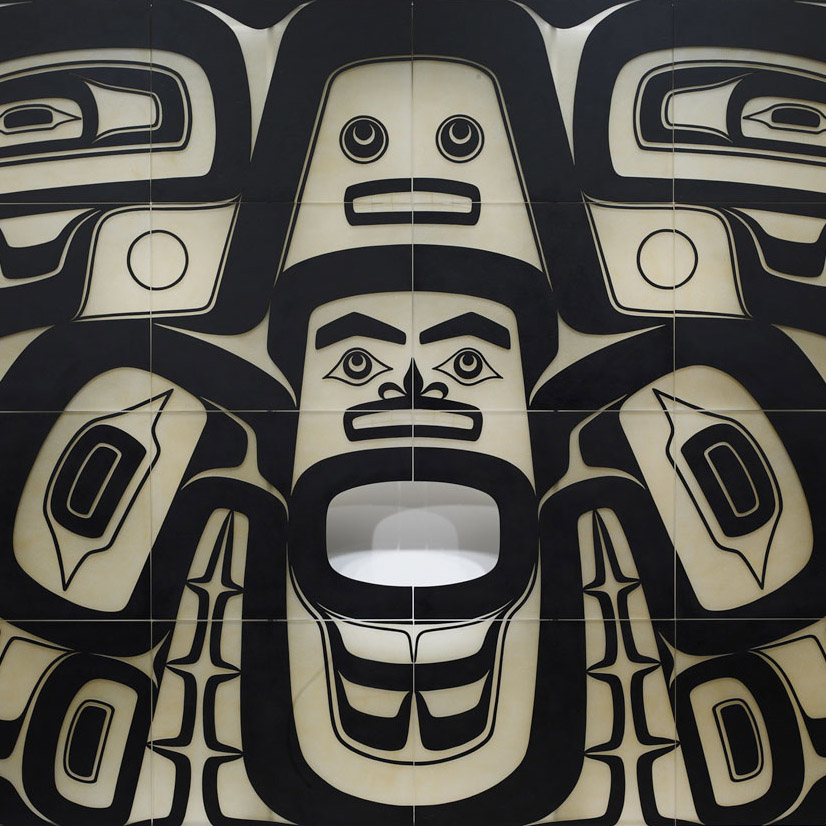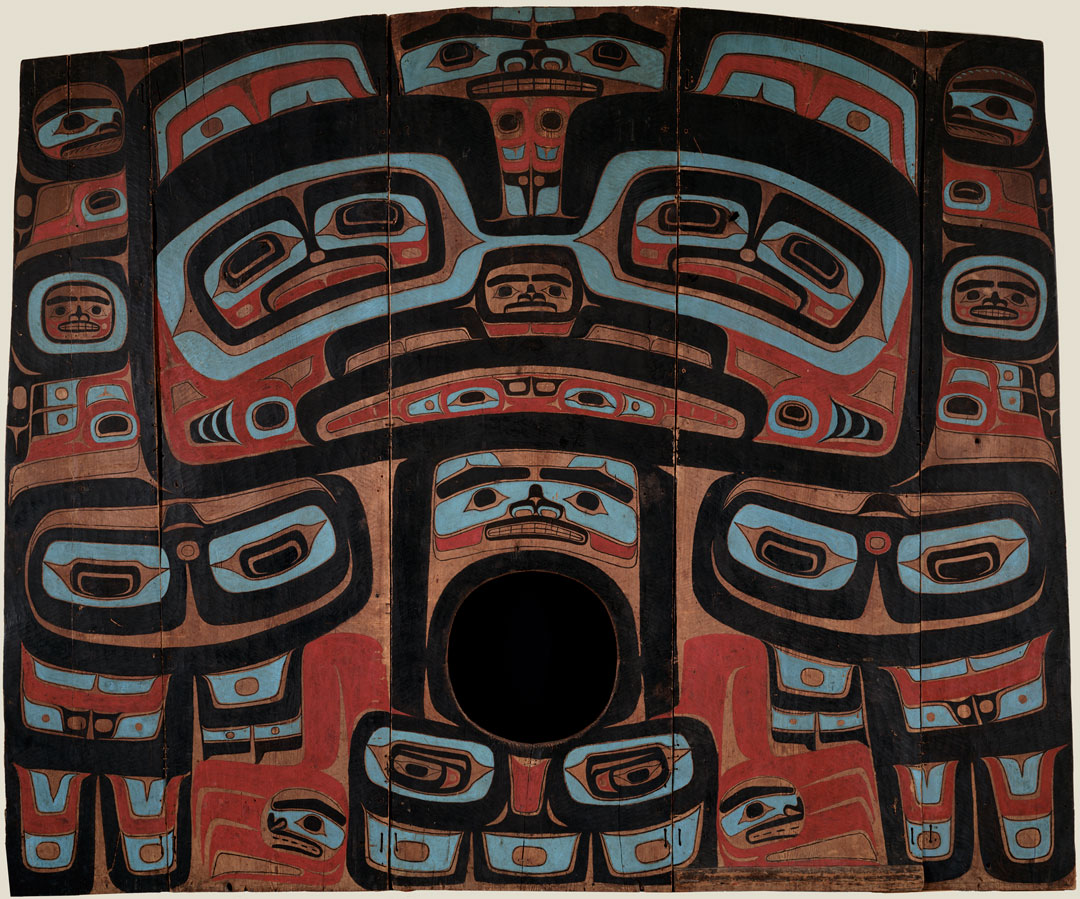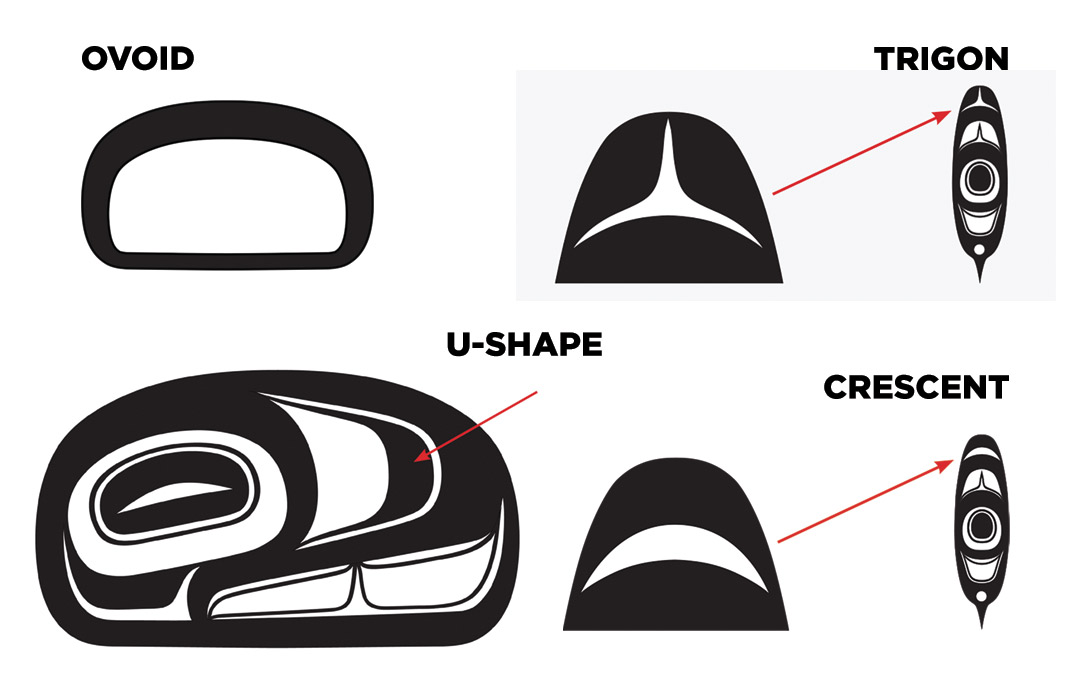
Preston Singletary, Keet Shagoon
Keet Shagoon (Killer Whale), 2003, Preston Singletary. Fused and sand carved glass, 72 x 92 x 3/8 in., Purchased in honor of John H. Hauberg with funds from the Mark Tobey Estate Fund, John and Joyce Price, the Native American Art Support Fund, Don W. Axworthy, Jeffrey and Susan Brotman, Marshall Hatch, C. Calvert Knudsen, Christine and Assen Nicolov, Charles and Gayle Pancerzewski, Sam and Gladys Rubinstein, SAM Docents, SAMS Supporters, Frederick and Susan Titcomb, and Virginia and Bagley Wright, 2003.12. © Preston Singletary


